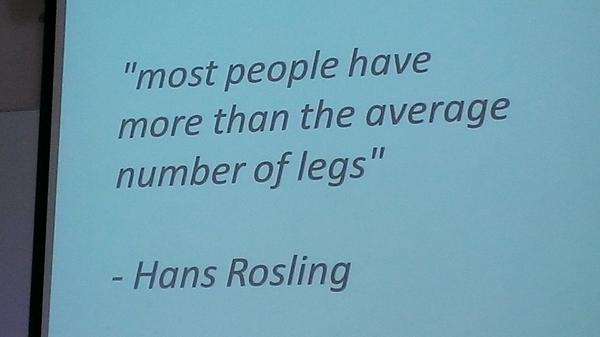Libraries may digitize books without permission, EU top court rules by Loek Essers.
From the post:
European libraries may digitize books and make them available at electronic reading points without first gaining consent of the copyright holder, the highest European Union court ruled Thursday.
The Court of Justice of the European Union (CJEU) ruled in a case in which the Technical University of Darmstadt digitized a book published by German publishing house Eugen Ulmer in order to make it available at its electronic reading posts, but refused to license the publisher’s electronic textbooks.
A spot of good news to remember next on the next 9/11 anniversary. A Member State may authorise libraries to digitise, without the consent of the rightholders, books they hold in their collection so as to make them available at electronic reading points
Users can’t make copies onto a USB stick but under contemporary fictions about property rights represented in copyright statutes that isn’t surprising.
What is surprising is that nations have not yet stumbled upon the idea of nation-wide site licenses for digital materials.
A nation acquiring a site license the ACM Digital Library, IEEE, Springer and a dozen or so other resources/collections would have these positive impacts:
- Access to core computer science publications for everyone located in that nation
- Publishers would have one payor and could reduce/eliminate the staff that manage digital access subscriptions
- Universities and colleges would not require subscriptions nor the staff to manage those subscriptions (integration of those materials into collections would remain a library task)
- Simplify access software based on geographic IP location (fewer user/password issues)
- Universities and colleges could spend funds now dedicated to subscriptions for other materials
- Digitization of both periodical and monograph literature would be encouraged
- Avoids tiresome and not-likely-to-succeed arguments about balancing the public interest in IP rights discussions.
For me, #7 is the most important advantage of nation-wide licensing of digital materials. As you can tell by my reference to “contemporary fictions about property rights” I fall quite firmly on a particular side of the digital rights debate. However, I am more interested in gaining access to published materials for everyone than trying to convince others of the correctness of my position. Therefore, let’s adopt a new strategy: “Pay the man.”
As I outline above, there are obvious financial advantages to publishers from nation-wide site licenses, in the form of reduced internal costs, reduced infrastructure costs and a greater certainty in cash flow. There are advantages for the public as well as universities and colleges, so I would call that a win-win solution.
The Developing World Initiatives by Francis & Taylor is described as:
Taylor & Francis Group is committed to the widest distribution of its journals to non-profit institutions in developing countries. Through agreements with worldwide organisations, academics and researchers in more than 110 countries can access vital scholarly material, at greatly reduced or no cost.
Why limit access to materials to “non-profit institutions in developing countries?” Granting that the site-license fees for the United States would be higher than Liberia but the underlying principle is the same. The less you regulate access the simpler the delivery model and the higher the profit to the publisher. What publisher would object to that?
There are armies of clerks currently invested in the maintenance of one-off subscription models but the greater public interest in access to materials consistent with publisher IP rights should carry the day.
If Tim O’Reilly and friends are serious about changing access models to information, let’s use nation-wide site licenses to eliminate firewalls and make effective linking and transclusion a present day reality.
Publishers get paid, readers get access. It’s really that simple. Just on a larger scale than is usually discussed.
PS: Before anyone raises the issues of cost for national-wide site licenses, remember that the United States has spent more than $1 trillion in a “war” on terrorism that has made no progress in making the United States or its citizens more secure.
If the United Stated decided to pay Spinger Science+Business Media the €866m ($1113.31m) total revenue it made in 2012, for the cost of its ‘war” on terrorism, it could have purchased a site license to all Spinger Science+Business Media content for the entire United States for 898.47 years. (Check my math: 1,000,000,000,000 / 1,113,000,000 = 898.472.)
I first saw this in Nat Torkington’s Four short links: 15 September 2014.
